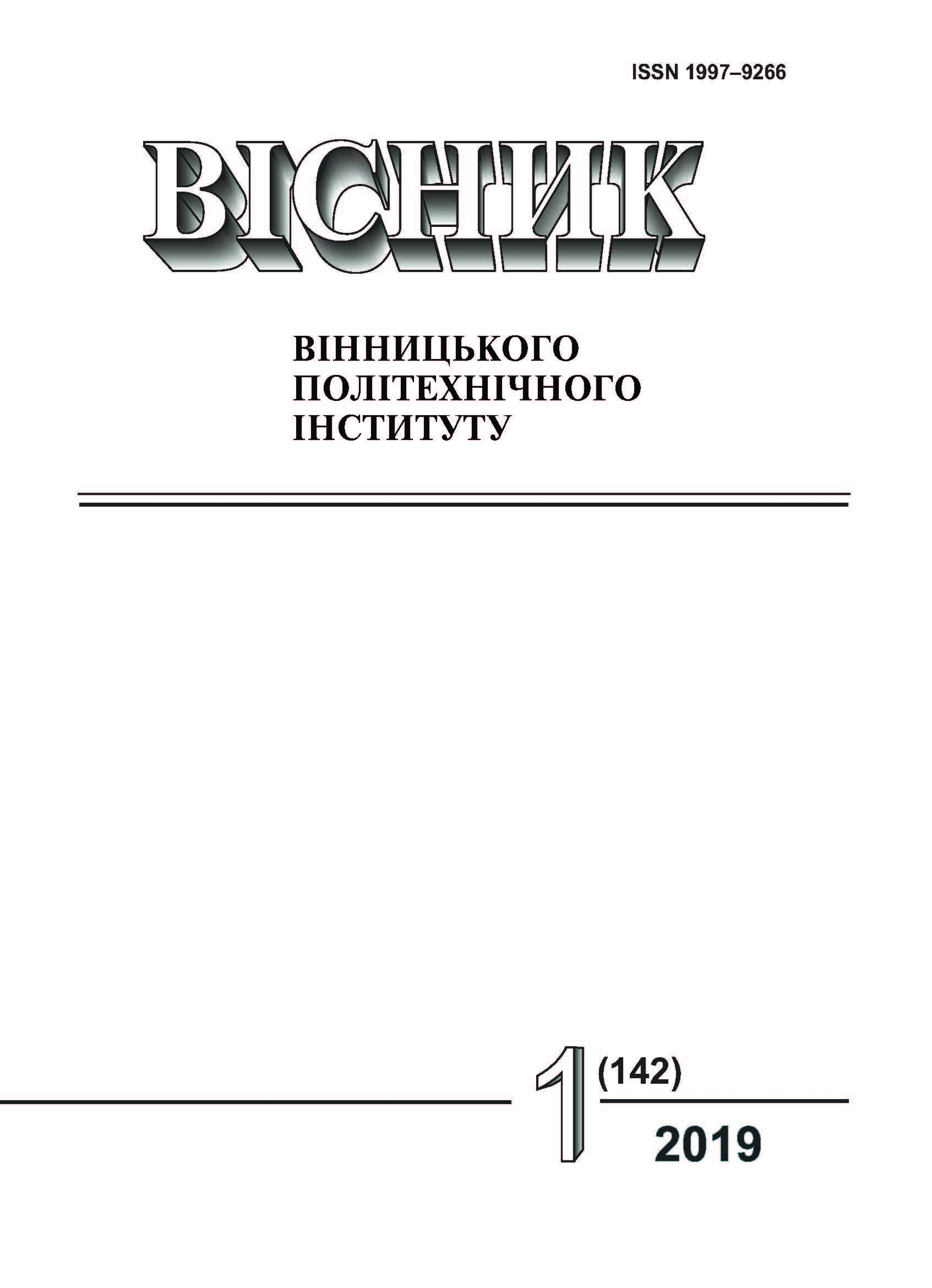Automated Calculation of the Sustainability of the Cross Section of the Electrical Power Systems
DOI:
https://doi.org/10.31649/1997-9266-2019-142-1-18-23Keywords:
electric power system, cross section, steady state stability, reserve ratioAbstract
The approach adopted in the work involves focusing on the control of static stability of the UES on the criterion of existence of the regime, subject to weighing of certain sections. In practice, this means that on the trajectory of weighing it is necessary to find the mode which has the greatest power in the investigated section, for which the coefficient of the reserve of static stability at the active power in the intersection is calculated and normalized by the "Guideline" on the stability of the power systems. A modification of the program of calculating the stationary regime in a linearized formulation, which allows us to perform weighting at the angle of the vectors of electromotive forces (EMF), without the iterative approach to the boundary regime and to specify the stock of static stability at the intersection of the Electric Power System (EPS). The linearization of the EPS model is carried out by replacing the loads in the nodes of the conductivities, and the generating nodes — by constant electromotive forces, which are fixed on the reactive supports, the magnitude of which corresponds to the staticity of the voltage of the automatic regulators of excitation of the synchronous generators. Such a model is used in the programs for calculating the dynamic stability for the simulation of EPS at the time step of numerical integration of the differential equations of dynamics of the system. A block diagram of the algorithm for determining the maximum and unacceptable fluxes in controlled sections of the electric power system is proposed. A separate module for the automated calculation of the static stability reserve at the intersection of the EPS with a choice of certain weighting trajectories from the library was created. Trajectories weighing are prepared in a specially created editor, which provides a step-by-step change in the power of power stations and electrical loads in different parts of the mathematical model of the power system and the change of the angle of the EMF generators. Calculations were made to determine the boundary power at the cross sections of the UES of Ukraine for a scheme containing 614 nodes and 975 branches.
Downloads
-
PDF (Українська)
Downloads: 399
Published
How to Cite
Issue
Section
License

This work is licensed under a Creative Commons Attribution 4.0 International License.
Authors who publish with this journal agree to the following terms:
- Authors retain copyright and grant the journal right of first publication.
- Authors are able to enter into separate, additional contractual arrangements for the non-exclusive distribution of the journal's published version of the work (e.g., post it to an institutional repository or publish it in a book), with an acknowledgment of its initial publication in this journal.
- Authors are permitted and encouraged to post their work online (e.g., in institutional repositories or on their website) prior to and during the submission process, as it can lead to productive exchanges, as well as earlier and greater citation of published work (See The Effect of Open Access).





